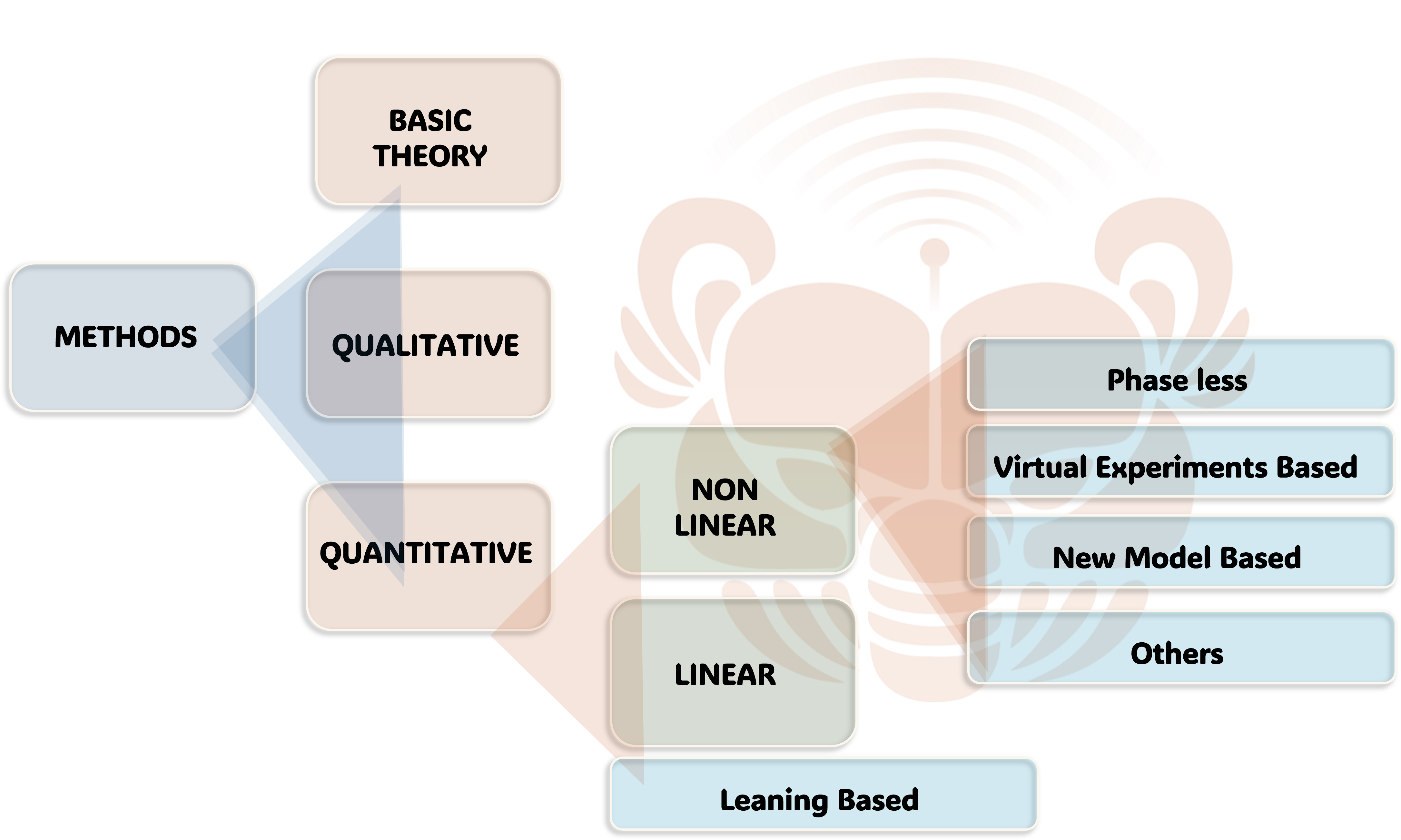Solutions of inverse scattering problems can be completely erroneous if non-linearity and ill-posedness are not properly tackled. The challenging task of developing inversion techniques, able to avoid the possible occurrence of false solutions as well as able to give an accurate and reliable quantitative rendering of the actual electromagnetic scenario, is still an open issue. In this respect, very many models and effective strategies for the solution of inverse scattering problems have been developed by LEMMA’s researchers. Broadly speaking, most of the efforts carried out are concerned with two different classes of approaches, qualitative and quantitative. In particular, this latter includes both linear and nonlinear approaches. Finally, some theoretical contributions have been given about implications of non-linearity and ill-posedness.
All the developed approaches are grouped in the following on the basis of the scope and of the adopted scattering model. Click on the pertaining box to find more details and a list of related papers.

Phase less
Finding solution methods that allow to accurately solve inverse scattering problems is an important task in a lot of application fields, thanks to the capability of microwaves of investigating non-accessible scenarios in a non-invasive way. In particular, LEMMA’s researchers have applied the above developed tools in a number of conventional and unconventional applications, starting from biomedical imaging to plasma diagnostics, by also considering subsurface inspections through Ground Penetrating Radar (GPR) and in-home security monitoring. Recently, two unconventional applications of inverse scattering tools concern the field shaping in unknowns scenarios and the design of innovative electromagnetic devices (such as antennas, invisibility cloaks and electromagnetic band gap
structures).
Click on the pertaining box to find a list of related papers
